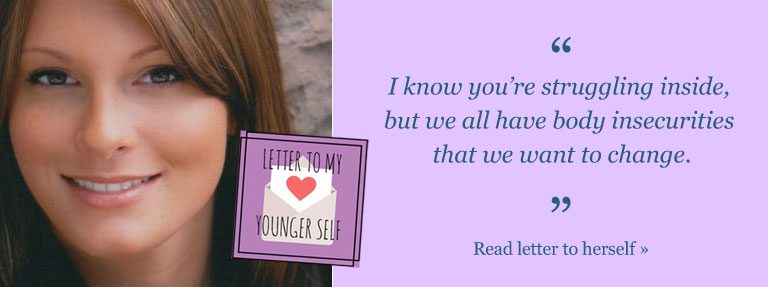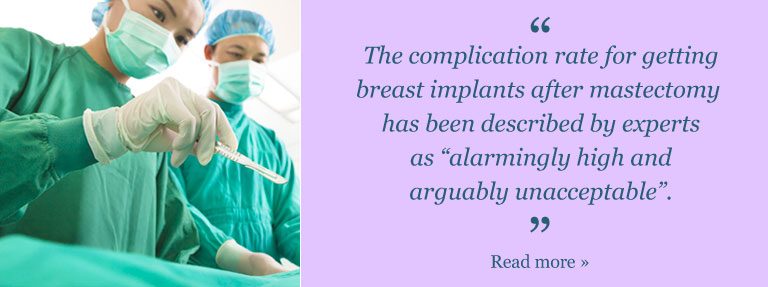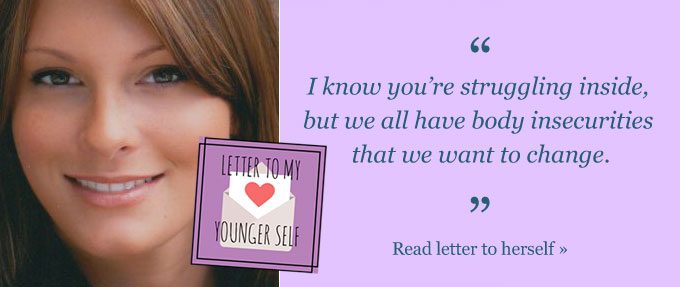Michigan
I am here today with an unpleasant, yet very necessary story to tell regarding my experiences with saline breast implants. Were it not considered highly inappropriate I would bare my chest to you now; for seeing with your own eyes would have a greater impact than my words. To me, they are not breasts, but two containers of saline in silicone baggies held in place by skin. Were you to see them, you would see puckers and indentations where the containers have shifted, where the solution has dissipated. Were you to touch them it would be like touching a plastic bag that moved beneath a sheath of skin. You could feel the solution slosh. You’d want to take your hand away. I wouldn’t blame you.
In 1974 I was a young model and was adamantly advised to have breast augmentation by a physician. I’d nursed my baby for about a year and he said I was much too young to have such ptotic breasts. I also had many cysts in my breasts. The doctor told me that the solution to my problems was to have my breasts replaced with silicone implants, which would last a lifetime and permanently end my pain and discomfort. I had no idea that this was the beginning of a long period of pain, suffering and decline.
I ended up having not one surgery, but 12 surgeries, attempting to remedy severe capsular contracture and deformity. I started with silicone implants, and later replaced these with several sets of saline implants. I had 1 emergency surgery to deal with a hematoma where blood was literally spurting out of my breast. I had two more emergency surgeries to deal with a near deadly staph infection.
In 1987, 13 years after my first surgery, I finally consulted specialists at the University of Michigan Medical Center, who assured me that they could solve my problems once and for all. They didn’t. I had several other surgeries, including getting my first set of saline implants in 1992. They told me saline implants were the safest kind, but my worst problems started after that surgery.
On July 18, 1995 I had my third set of saline implants put in, which were described as a new, greatly improved type of saline implant. I still had a great deal of deformity from all the previous surgeries and the infection of 1986. That was my most recent breast invasion and reconstruction. There needs to be another. My doctor tells me I have to have these implants taken out of me because my health has severely declined since 1992.
I stand before you now, a recipient of social security disability trying to live my life on $512.00 per month. I was granted disability status in 1997 when I could no longer hold down a full time job or work to support myself. I had been a relatively successful freelance writer, a highly promising student in sculpting, working also as a crisis intervention counselor for a substance abuse facility. I lost my jobs because I kept getting sick. I had to quit college. In order to survive, I had to sit in a courtroom with the Social Security Judge and listen to people talk about me as though I were one of the most inept human beings, an incapable member of society. This was a most significantly tragic day for me.
There is not a single insurance company who will insure me. I’m considered high risk because of my saline implants. This entire mess has cost well over a quarter of a million dollars. Why? Because I, like everyone else I believed saline solution encased in silicone shells did not cause problems.
I have to get up everyday and face chronic fatigue, Reynaud’s syndrome, and moments of excruciating chest pain that has had doctors sending me to the emergency room. My immune system has been compromised. I’ve developed what is known as chemically induced asthma. I have blood in my urine and no one knows why. My muscles weakened. I get sores on my skin that don’t readily heal. I have episodes of severe depression. I’ve been told to limit the use of my arms to avoid the very real possibility of capsules forming again. I can’t even pick up my grandchildren!
My current doctor ran some tests and thinks all my health problems are implant-related. I am afraid of another surgery but I am afraid not to have these saline implants removed for fear of additional medical complications. I can’t afford to have these implants taken out but will when I can. Medicaid won’t pay for it until they pop, and when they do come out Medicaid will not pay for reconstruction of the flaps of skin I will have hanging from my chest. I have no breast tissue of my own left. It’s all disappeared, all been removed. Waiting for them to pop or form a so-called significant leak is also very scary, because no knows what will happen.
I was once a very strong and healthy woman. I raised three children alone, without the benefit of child support. Illness was not even a consideration. Now I pray every day for God to help me keep my spirits up, for I know full well it is only that plus the blessed love of family and friends which keeps me going.
So as I stand here before you, a woman of strong faith in a much Higher Power, a woman disabled with two silicone baggies holding saline solution in her chest, a recipient of Social Security at way too young an age. I want to believe in you, that you will do the right thing. I want you to actually do your best to see to it that other women do not get trapped in the morass that I have been trapped in. This is your challenge and I plead with you to do it well.
There’s very little you can do for me anymore – the damage has been done. But you can help other women. One important question to be answered today is whether the manufacturers have studied the safety of saline breast implants for women who had silicone implants prior to their saline implants. If not, then the studies can not be used to prove that implants are safe for the many women who had silicone implants removed. Another important question is long-term safety. And, for many women, there is the question of whether they could afford to have implants taken out if they have problems. You are not doing women any favor by giving them a choice that could leave them financially destitute with no ability to have a failed implant removed. That is my situation today.
Thank you for this honor and opportunity to testify before you. I am going to try once again to trust you to do your part. Please do not recommend the approval of saline implants unless you are convinced that what happened to me won’t happen again.
God bless you. Thank you.
Ms. Cloud made the above statement before the FDA Advisory Panel in March 2000
















